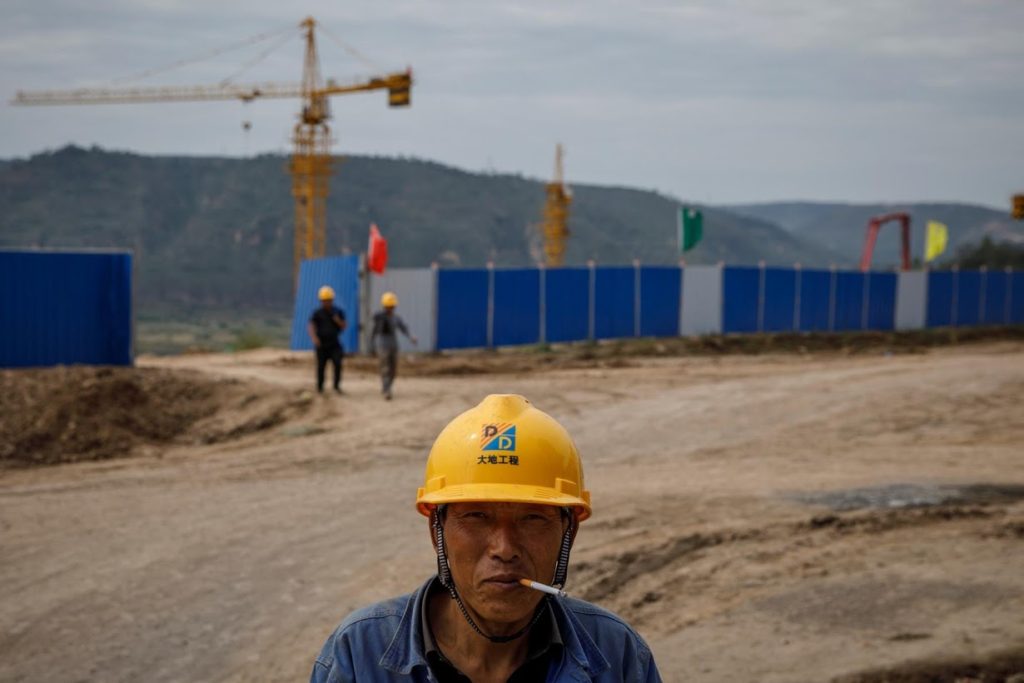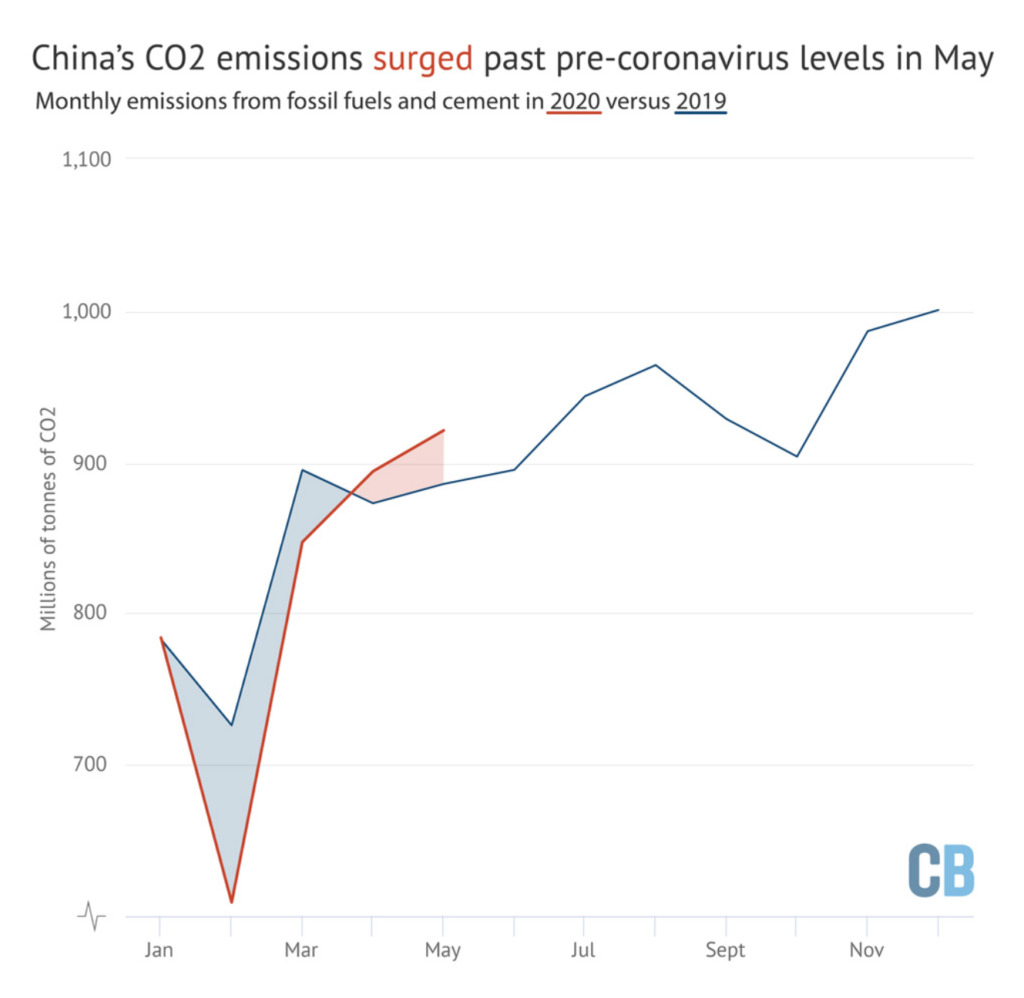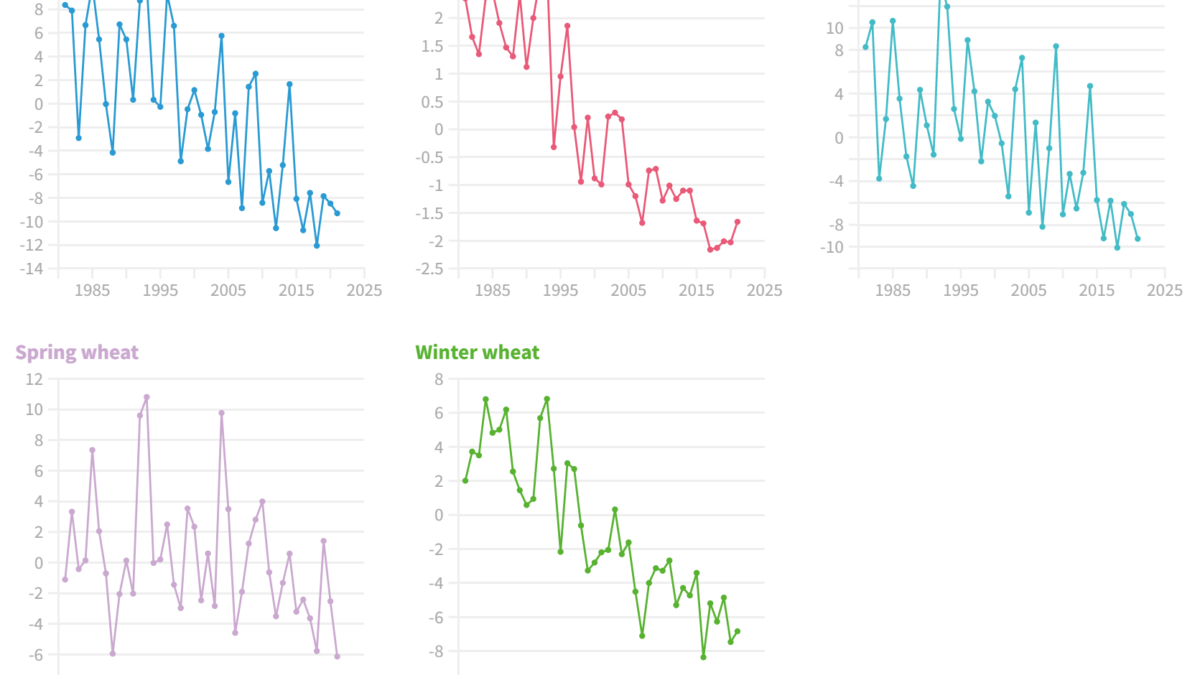China rations electricity for millions – “The whole city was dark”

By Vivian Wang
21 December 2020
(The New York Times) – In the city of Yiwu in eastern China, the authorities turned off streetlights for several days and ordered factories to open only part-time. In coastal Wenzhou, the government ordered some companies not to heat their offices unless temperatures are close to freezing. In southern Hunan Province, workers have reported climbing dozens of flights of stairs after elevators were shut down.
Large swaths of China are scrambling to restrict electricity use this winter, as the country’s rapid economic recovery from the coronavirus pandemic and unexpectedly frigid temperatures have sent demand for power surging. Officials in at least three provinces — where a total of more than 150 million people live — have issued orders limiting energy use, warning of potential coal shortages.

Demand for coal is so high in the mining hub of Henan Province that buyers have been lining up in trucks at the gates of coal mines, jostling for access, according to a recent report in the state-run news media.
Many residents have responded to the restrictions with anxiety and confusion, worrying about being left in the cold or suffering hits to their businesses.
Chinese officials have sought to remind citizens of the country’s ambitious environmental goals while reassuring them that there is plenty of energy to keep people warm and the economy humming. […]

Coastal areas of China depend on imported coal, including from Australia. But relations between the two countries have gone into free-fall this year, as Australia has, among other things, demanded an investigation into the origins of the coronavirus, which first emerged in China. China in turn has banned imports of Australian coal — leaving huge ships stranded at sea.
Chinese officials have denied that the ban on Australian coal is responsible for the current squeeze on energy, noting that in 2018 less than 8 percent of China’s coal consumption involved imported coal; much of Australia’s coal is also used for steel and other metals, not power. But the government has also acknowledged, with rare bluntness, the scale of the problem.

“At the moment, some provinces temporarily do not have enough electricity. This is an objective fact,” one of the national government’s most powerful bodies, the entity that oversees state-owned companies, said on Sunday. […]
The resurgence of manufacturing may be one reason for the new restrictions. China reported a record trade surplus of $75 billion in November, fueled by a 21 percent surge in exports compared with the same period last year. Exports to the United States alone jumped 46 percent.
That spurt of demand, while bolstering Yiwu’s economy, may also have put the city over its energy targets, Dr. Andrews-Speed said. That could have prompted officials to make sudden cuts in order to comply with environmental goals, he added. [more]
‘The Whole City Was Dark’: China Rations Electricity for Millions



2 Responses
Comments are closed.